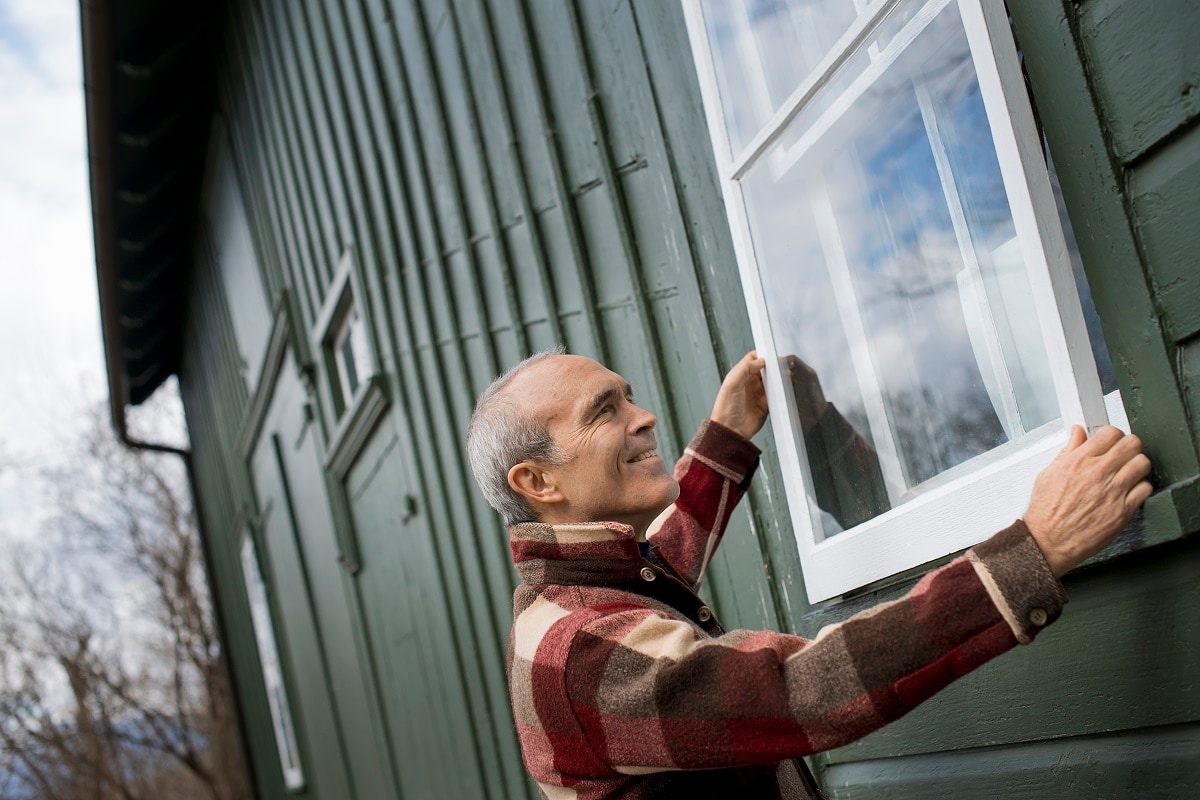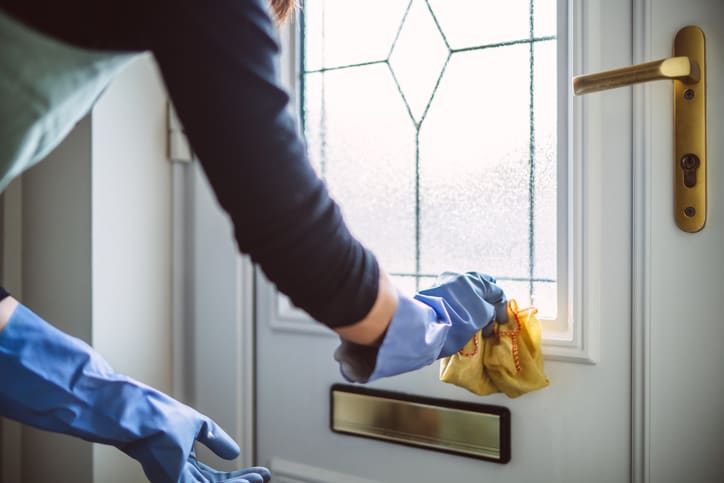by freelance writer Riley Herder
Living in the Northern Hemisphere means that you are likely to experience at least some duration of cold weather in the winter months. Low temperatures, snow, and ice work hard to give our homes a real beating, so it is important to prepare.
Before the last leaves have fallen, make sure you’ve done a thorough inspection of your home’s vulnerable spots, especially those most susceptible to cold weather damage. Repair what you can on your own, and consult the help of a professional for the larger tasks. These steps can help you not only lower heating costs by improving efficiency, but also help you prevent even more costly damages and repairs. Let’s get started!
>> Are you looking for a housekeeper? Find one in your area now.
If you seem to be pouring money into heating without ever feeling the warmth, it is possible that your house is simply not well insulated. Check the insulation in the walls, floors, and in the loft. Upgrade to better quality insulation, and be sure to check that vent openings are insulated properly.
2. Take Care of Draughts
A significant portion of wasted heating costs is due to draughts throughout the home. These can occur under and around doors, inside letterboxes, around windows, through cracks in the floor, etc. Check any place that may be letting in draughts such as these and properly seal or cover them. For floors with lots of cracks that you are unable to fill, consider laying down a dense rug to stop that cool air flow.
3. Inspect Roofing
Inspect the roof for cracked tiles, moss growth, etc. Make repairs as necessary, and consider having a professional assess when a new roof is necessary.
4. Upgrade or Insulate Water Heater
A water heater that is ten years or older may still be working fine but not giving you nearly the efficiency it once did. Assess the performance of your water heater, and consider having it serviced for the season. Many water tanks can be fitted with a boiler jacket or other form of insulation which can help prevent hot water loss.
5. Bleed the Radiator
If your radiator is not producing heat like it should, it may simply need to be cleared of excess steam. This is called bleeding the radiator, and it is a simple step which can help save money in heating costs.
6. Prevent Frozen Pipes
If you live in an area which experiences freezing temperatures, it is good to prevent pipe freezing. You can do this by:
- Insulating exposed pipes in basements or garages
- Keeping garage doors closed if pipes are located inside of them
- Opening bathroom cabinets to allow heat to come closer to the areas the pipes are located
- Let faucets drip continuously, even if you go away for a vacation
7. Clear Gutters & Drains
It may be best to hire a professional for this. Clogged storm drains can flood your driveway and even let water into your garage.
Always ensure water is flowing properly off your roof and away from the house. Full gutters can create lots of problems in the winter time.
8. Improve Heating Efficiency
Many of the above steps can already help reduce heating costs. But beyond that, here are a few more tips to keep your heating system operating at its best:
- Line aluminium foil on the wall behind the radiator to reflect heat.
- Don’t block airflow by placing furniture in front of radiators or vents.
- Learn the settings on your thermostat and set it properly.
- Close curtains.
- Invest in double-glazed window panes.
9. Let out Heat & Steam
When using more hot water than usual, our homes can let steam and condensation build up, which can cause problems for the structure of the house. Be sure to properly ventilate after baths or any other time a significant amount of heat is generated.
>> Are you looking for a housekeeper? Find one in your area now.



